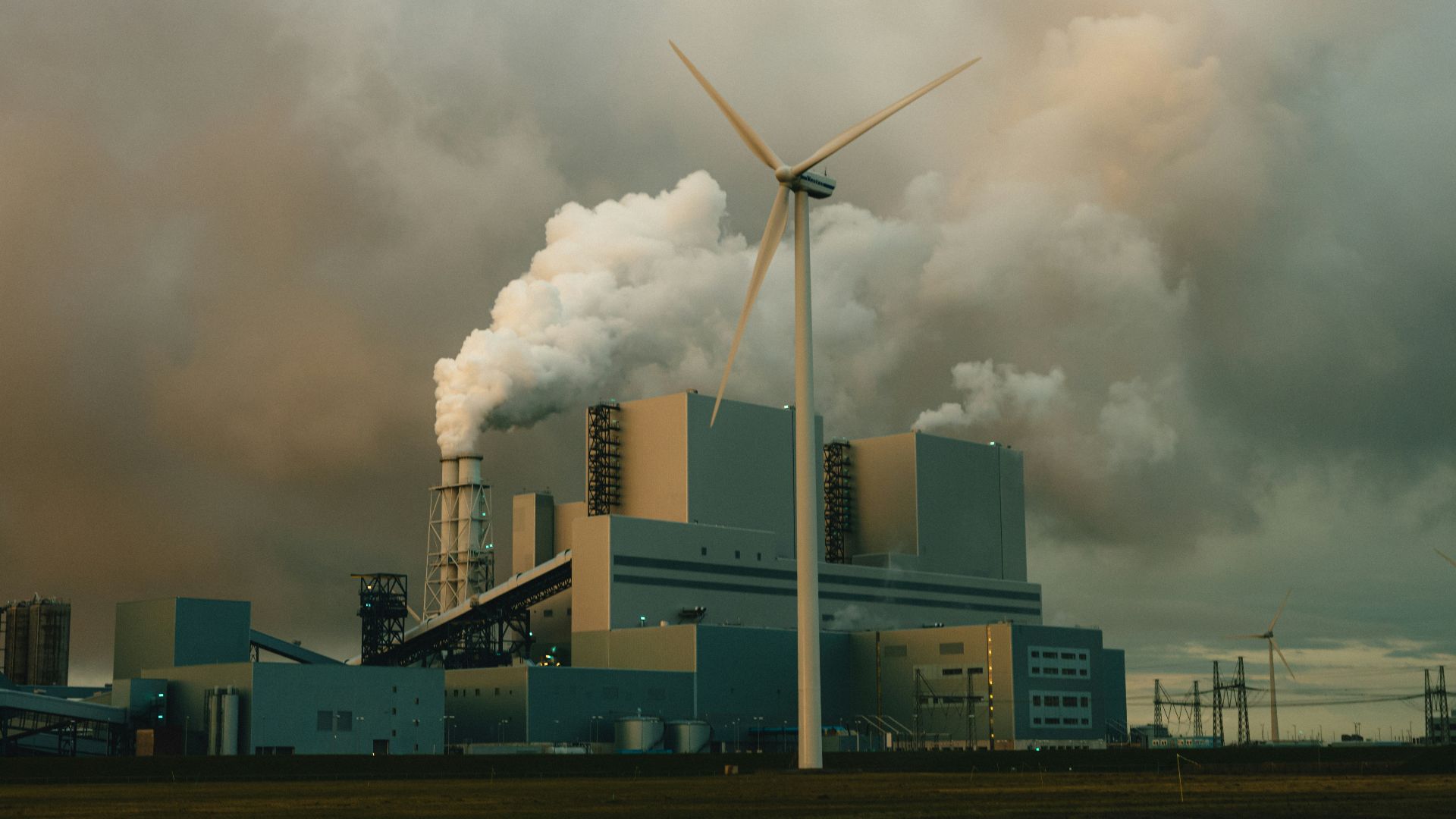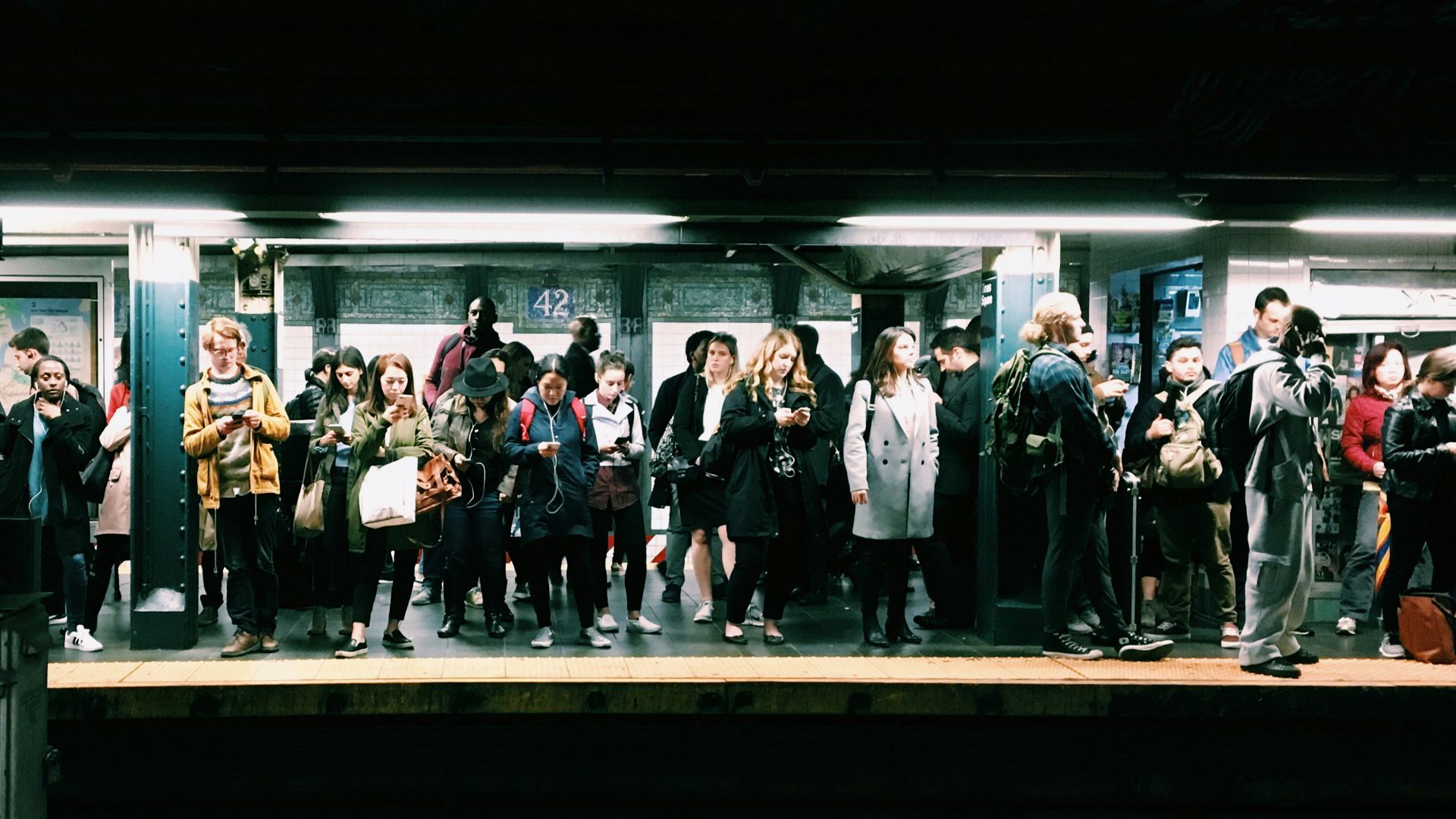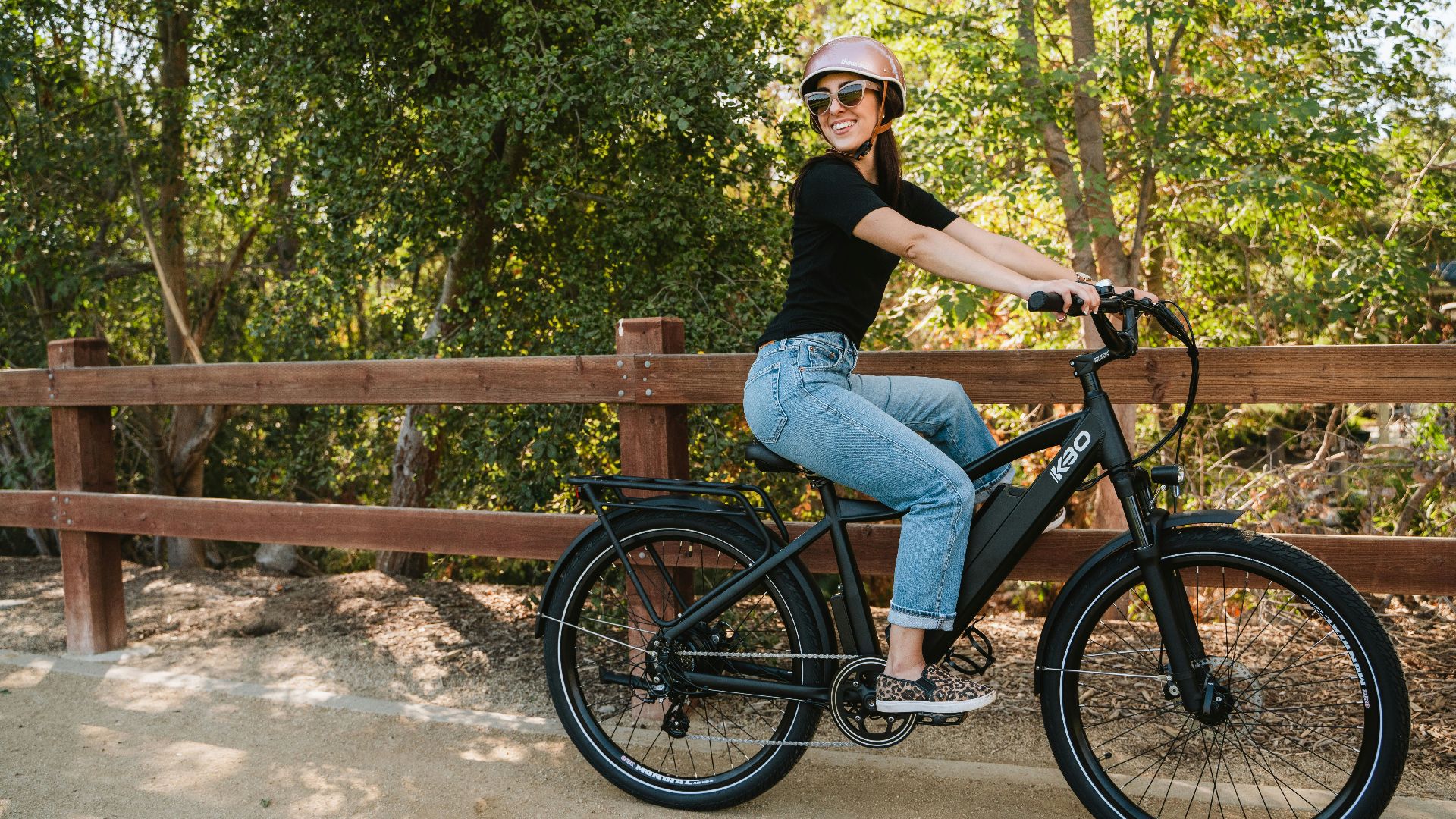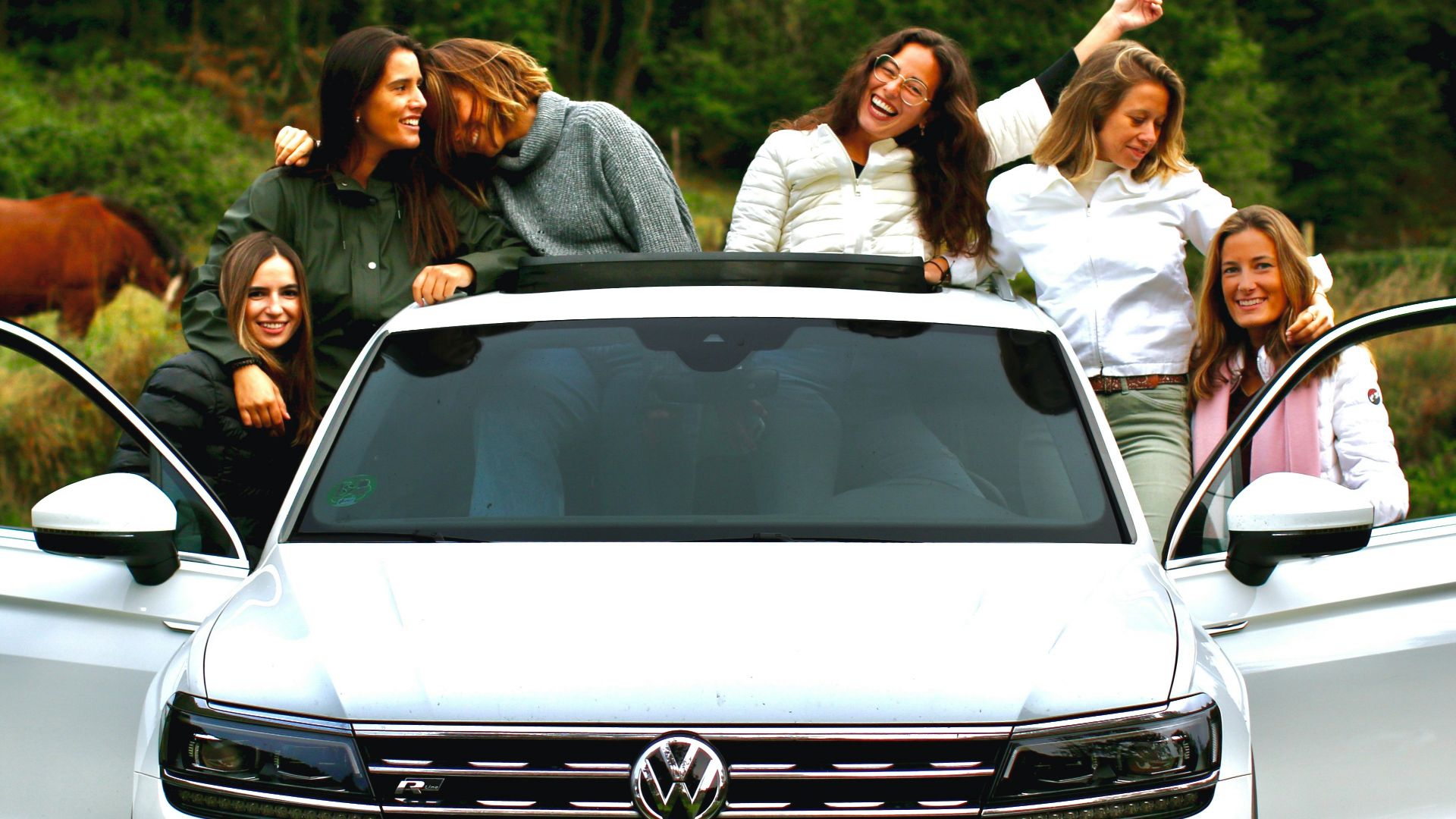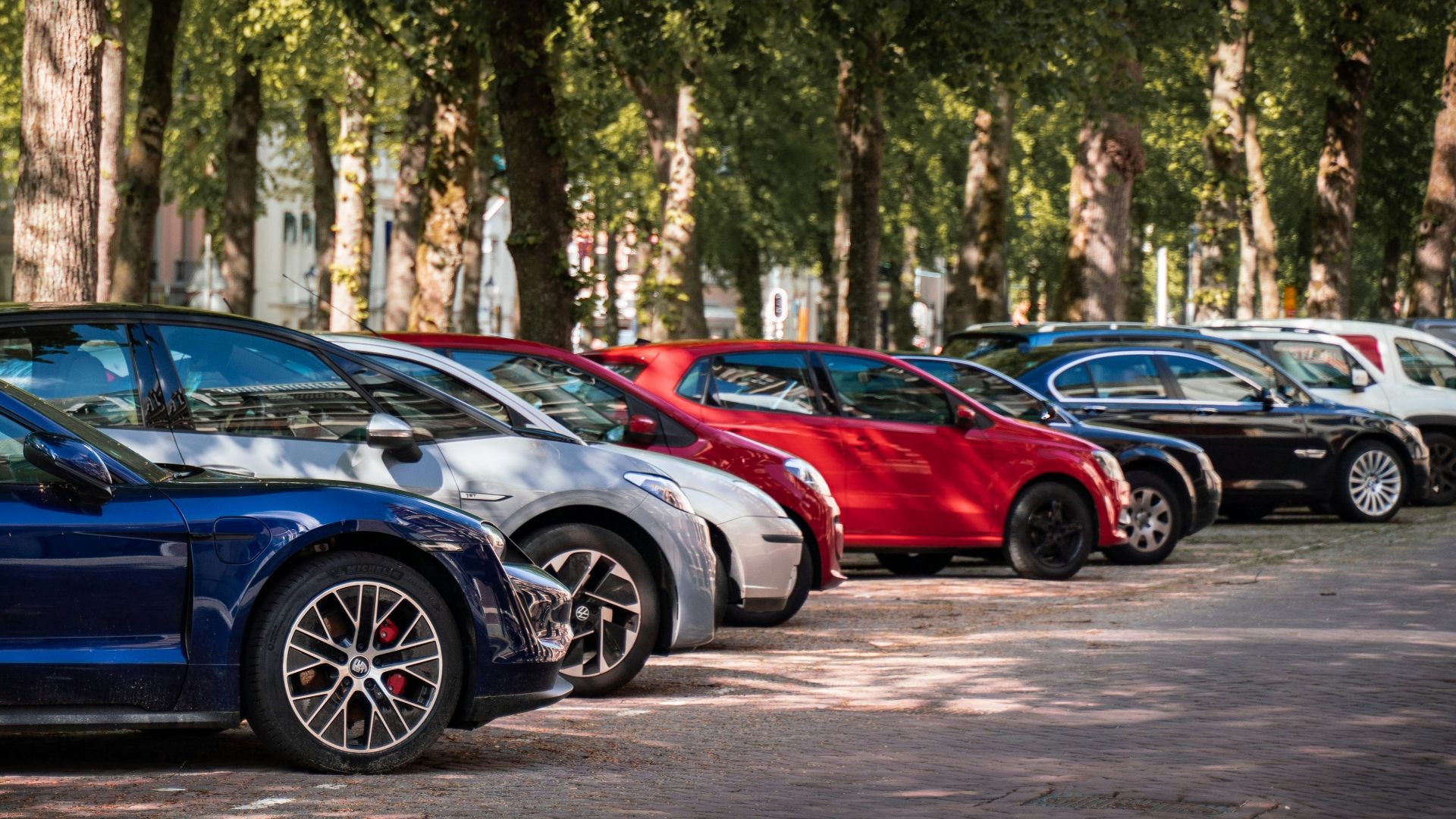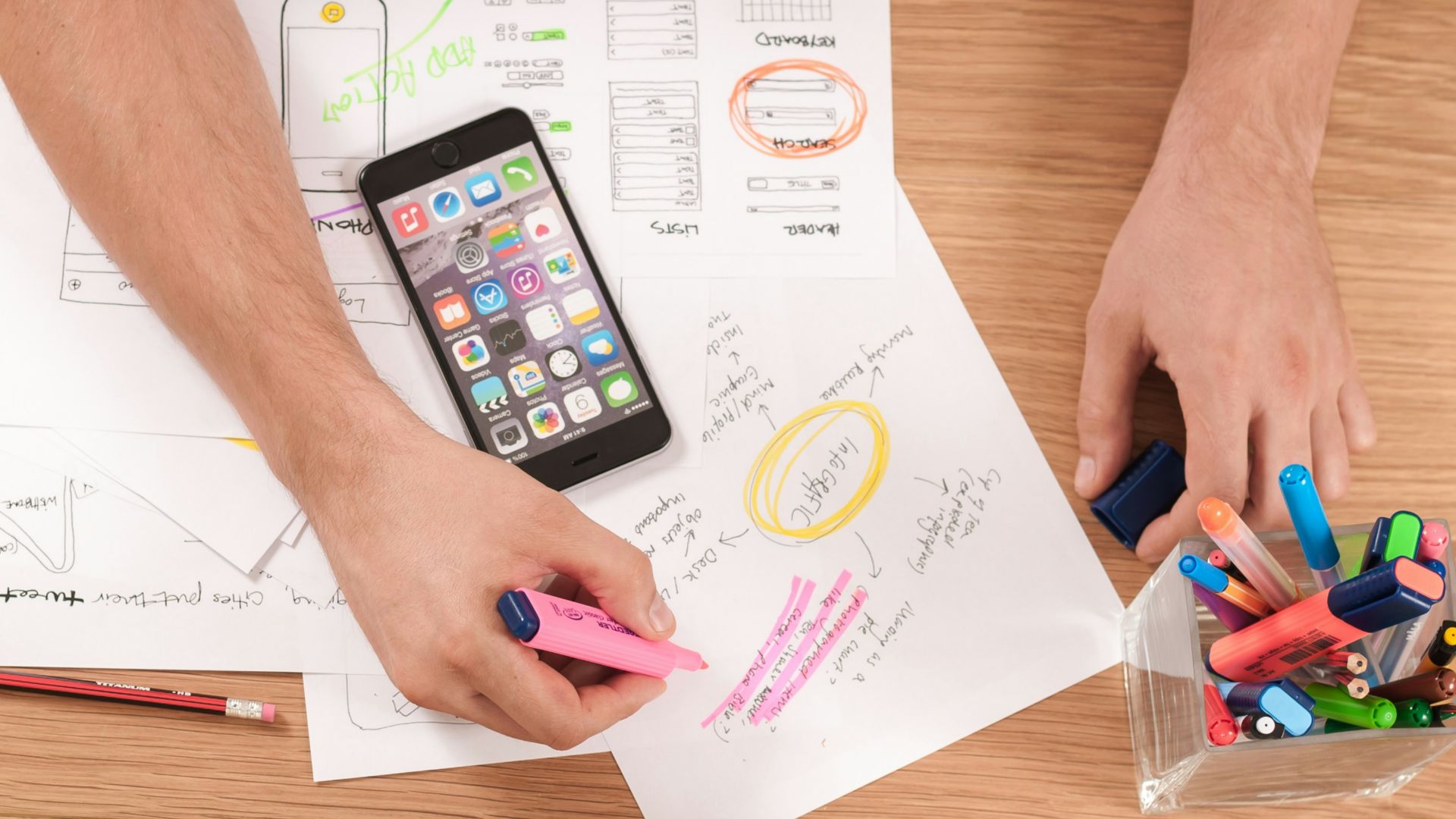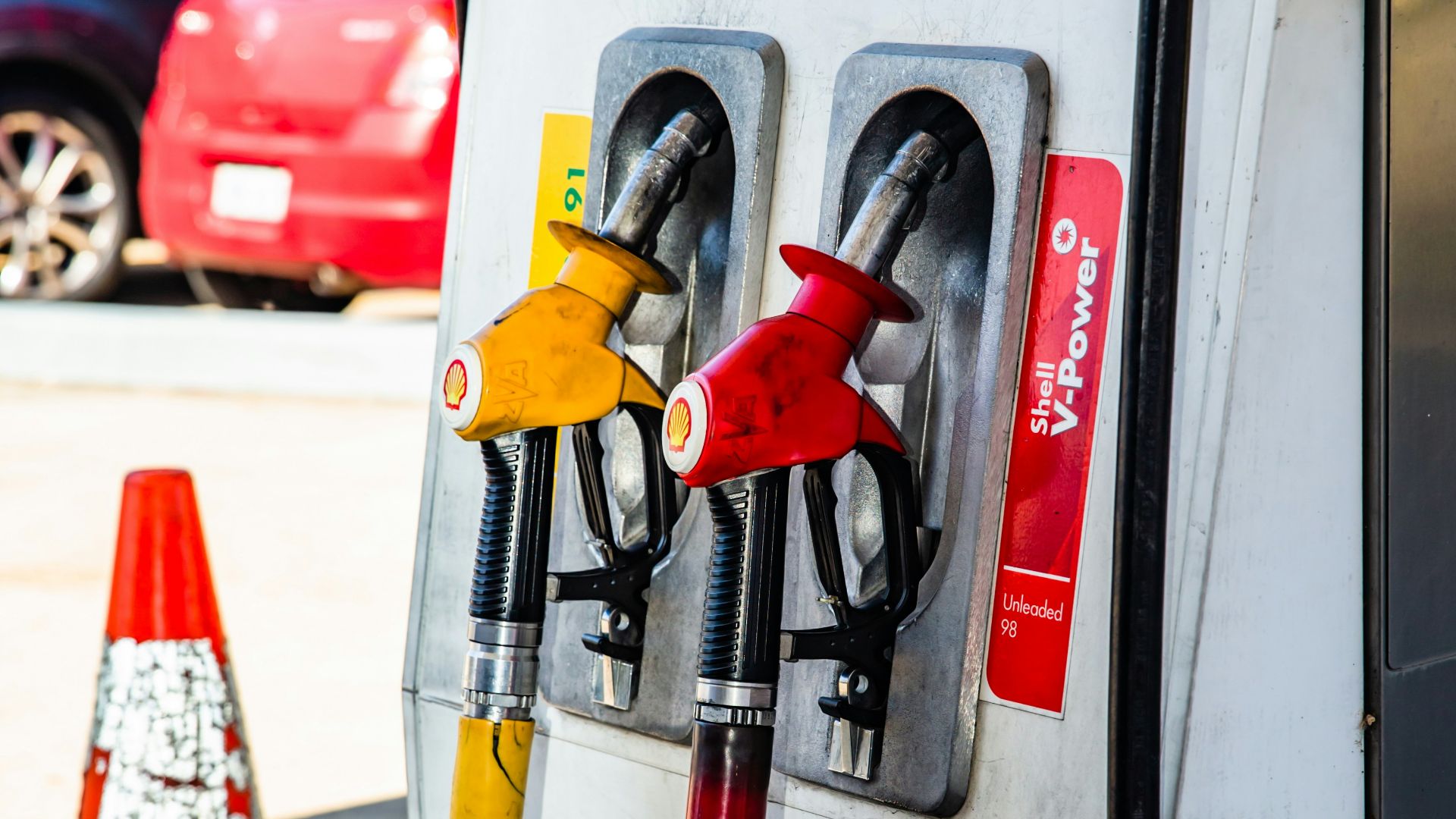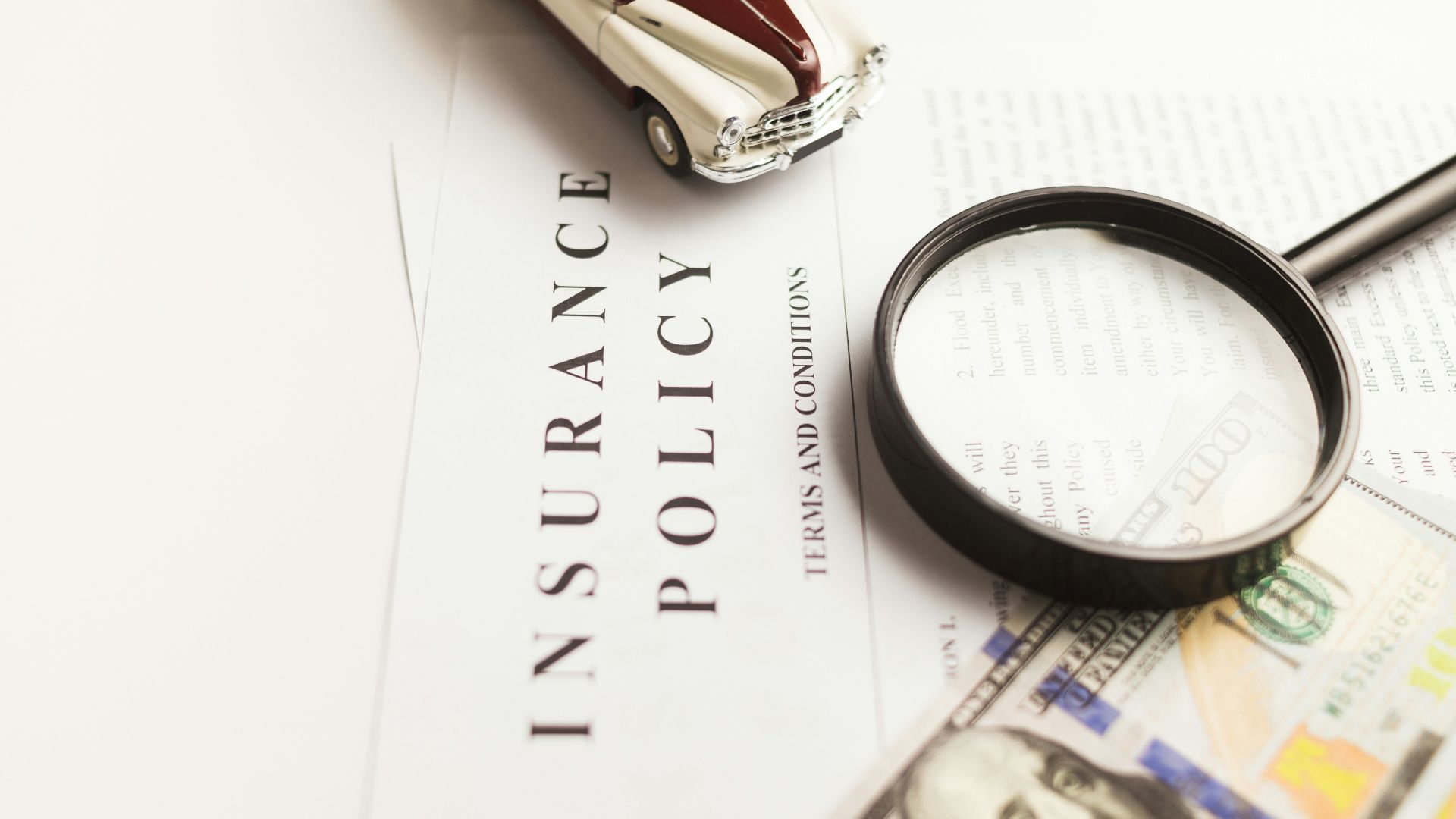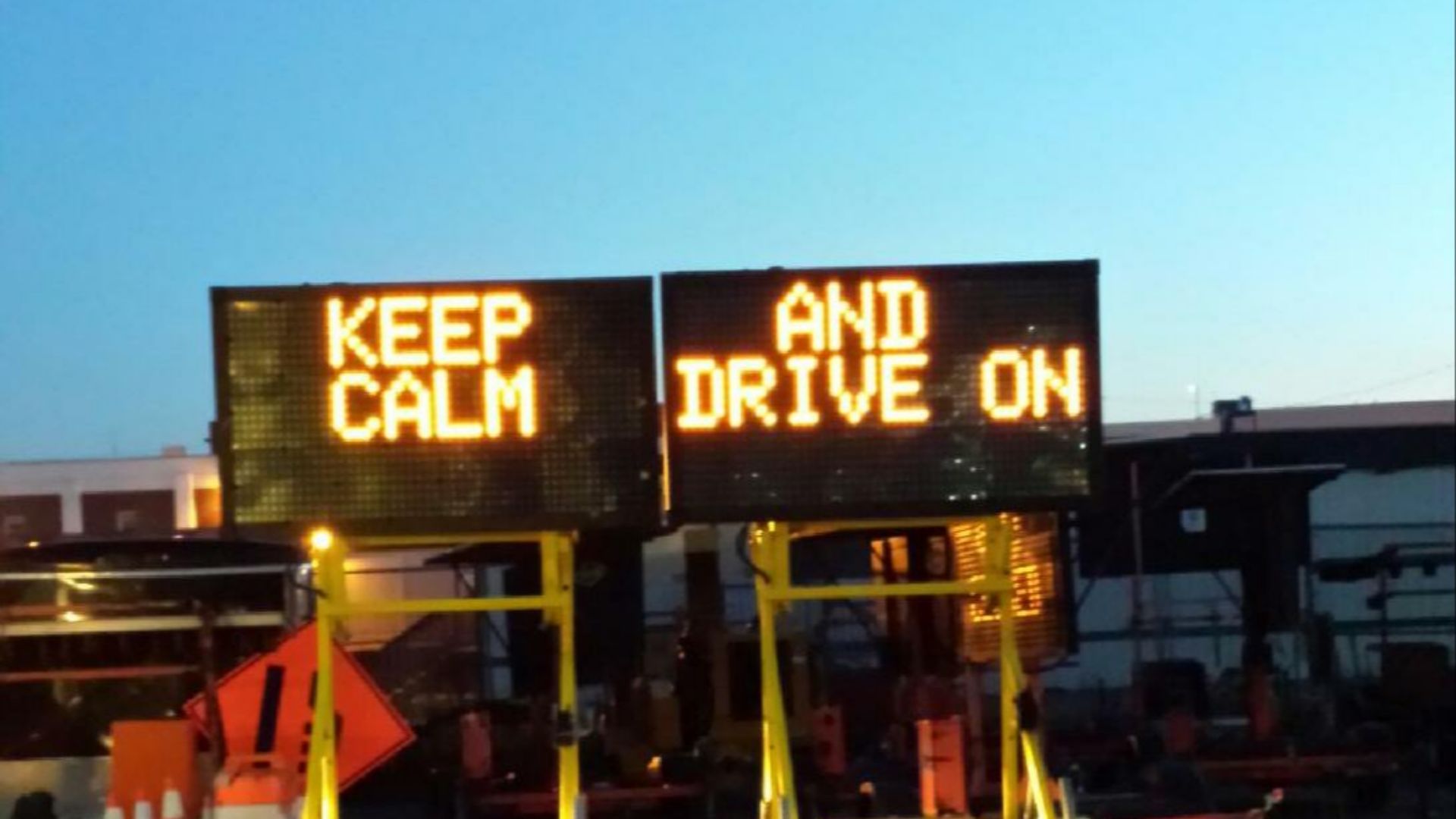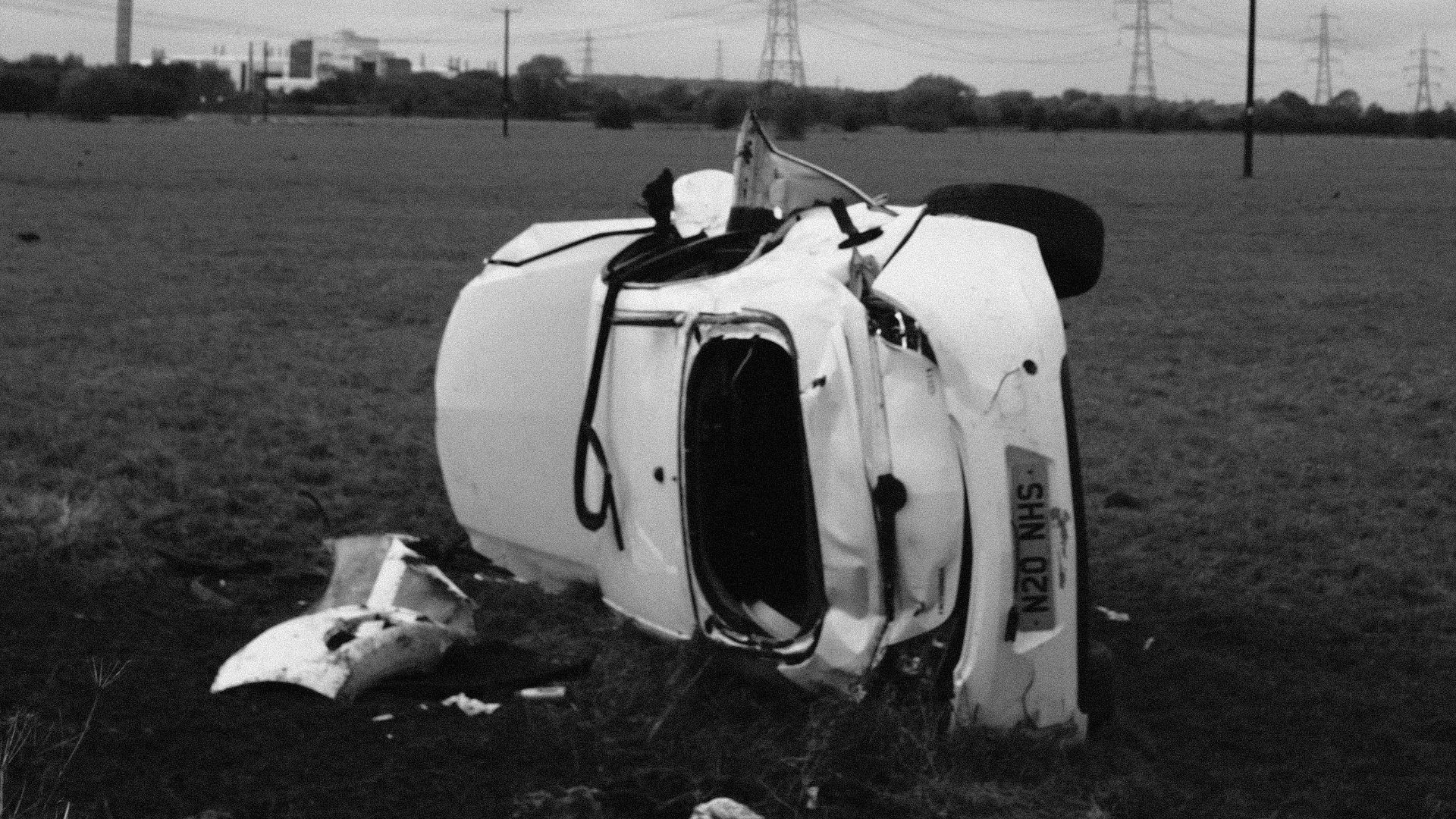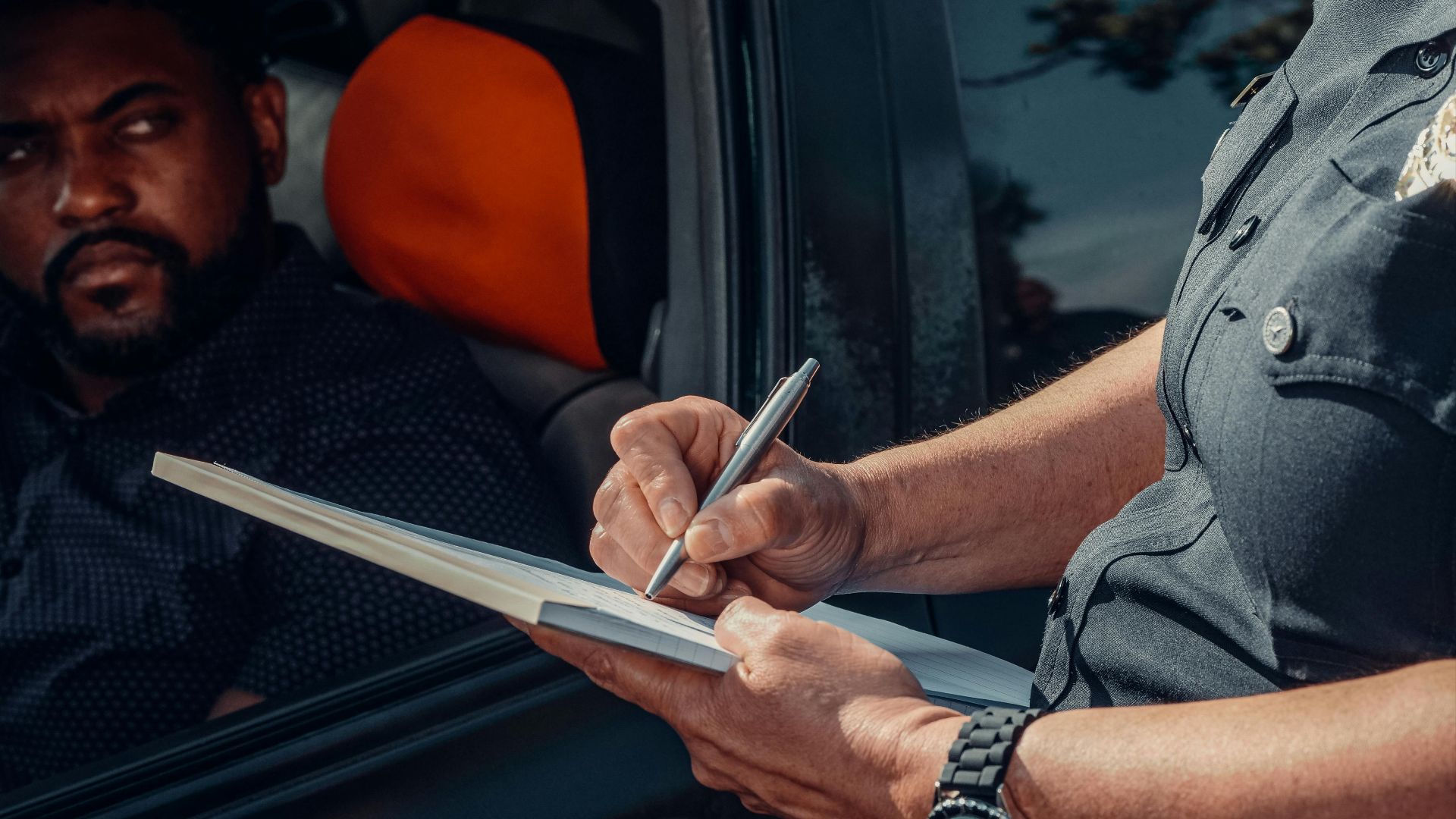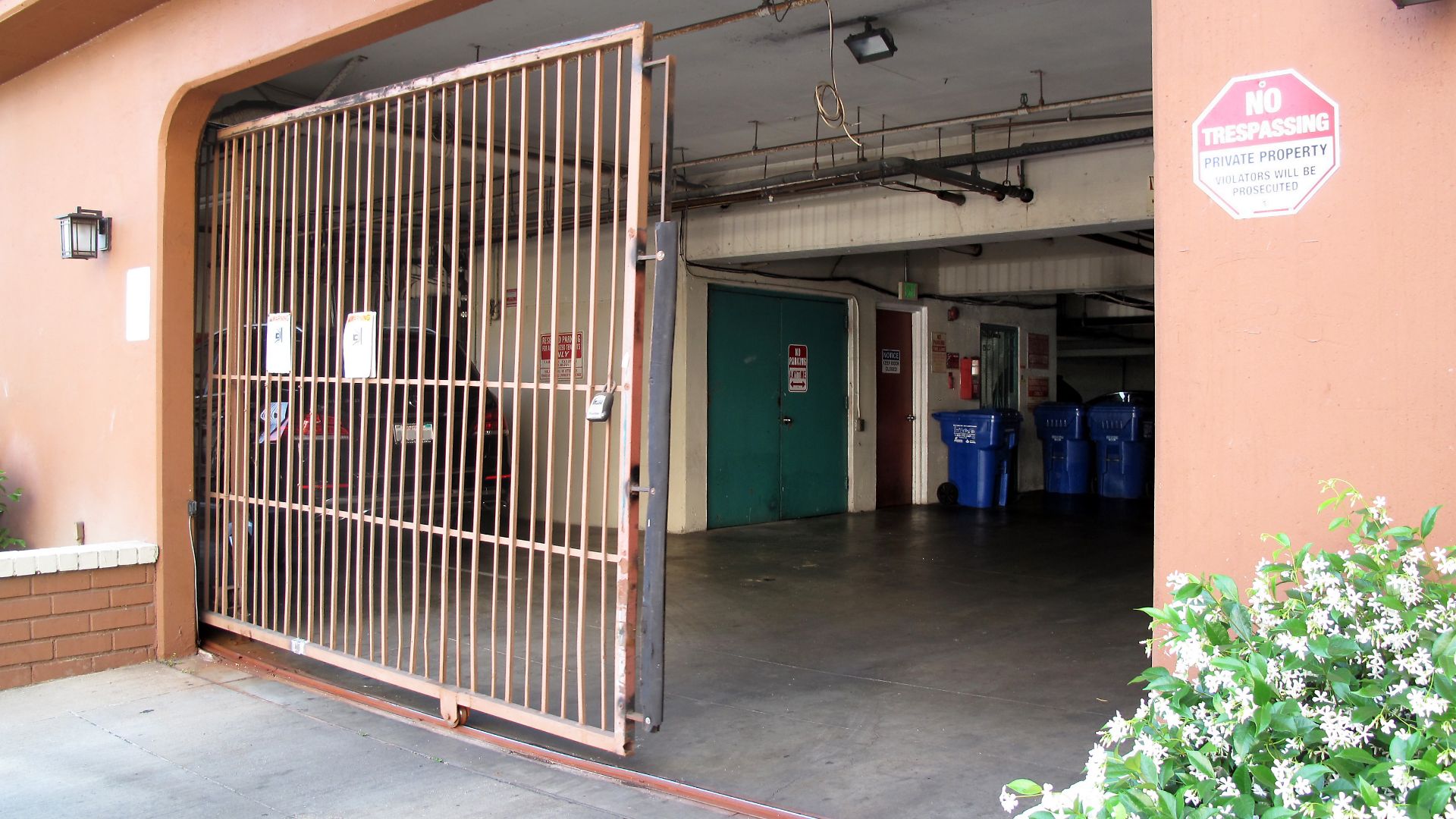Zoomers Lack The Need For Speed
It used to be that earning your driver’s license was a major rite of passage, with many teens counting down the days until they could get behind the wheel and take that first step towards independence. However, studies from the Department of Transportation show that teenage and young adult drivers have decreased by a quarter in the past two decades. While some may chalk this up to adolescent laziness or a reliance on rideshares, the truth behind this statistic is actually quite complex.
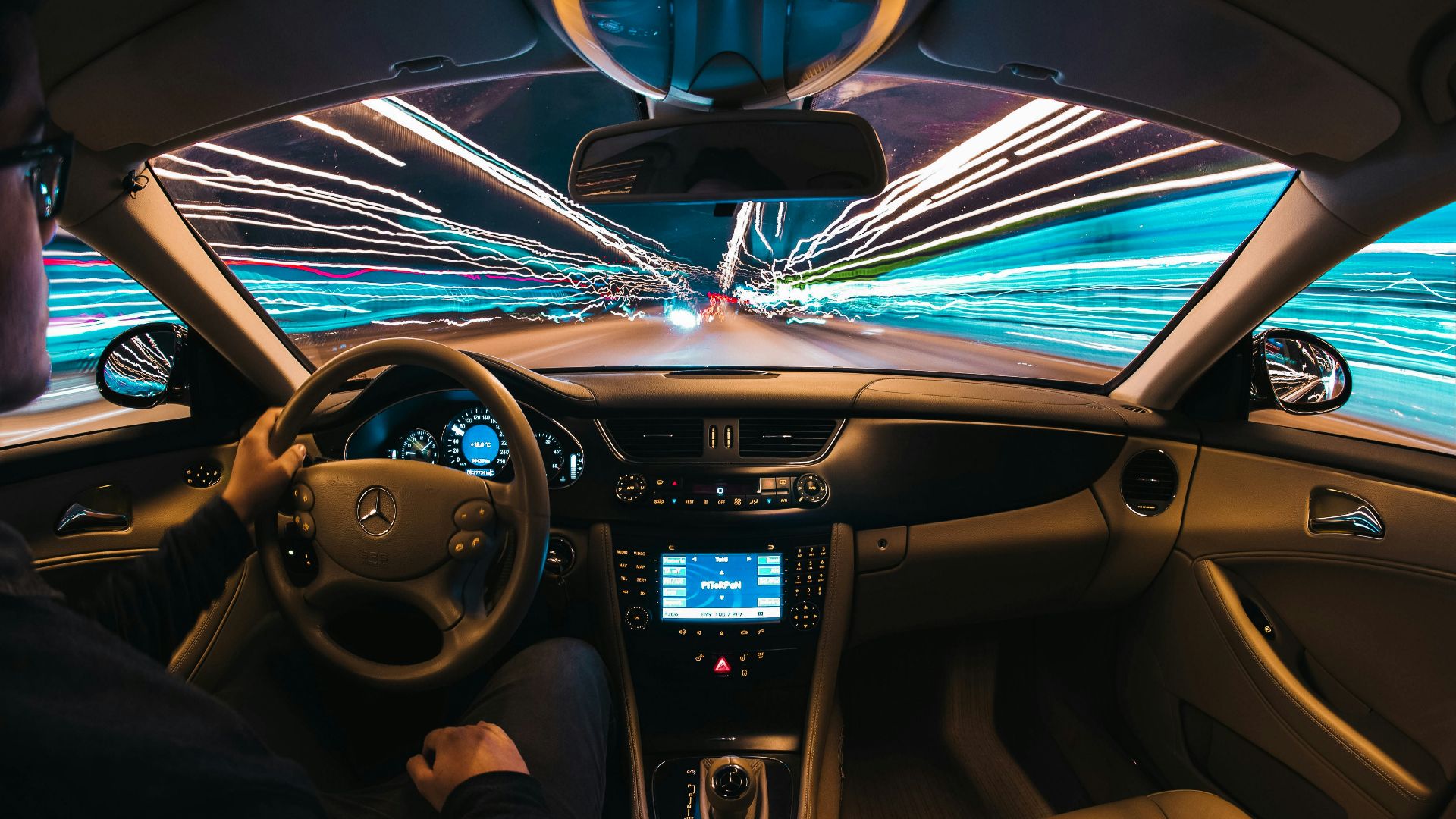 Samuele Errico Piccarini on Unsplash
Samuele Errico Piccarini on Unsplash
1. Environmental Concerns
The EPA estimates that an average American’s carbon footprint is around 16 tons of CO₂ a year, with 4.6 of those tons being from vehicles alone. While it may be easy to poke fun at young people for being tree-huggers, studies show that younger Americans are more likely to engage with climate activism. With rising temperatures and melting polar ice, something as small as reducing your carbon footprint can make a big difference.
2. Walkable Cities
While driving may no longer be a rite of passage, moving to the big city still is. America may have a more car-dependent infrastructure than other countries, but in large metropolitan areas, having a car can be more of a bane than a boon. Between congestion, the lack of parking, and the fact that many conveniences are a short walk away, urban life simply does not require a car.
3. Public Transportation
A study from UC Berkeley shows the US lagging behind public transportation giants such as Hong Kong, Berlin, and Paris, but not by much. New York City took 11th place on the ranking, with Washington, D.C., Boston, and San Francisco catching up. People living in these cities are more likely to use public transit when it is safe, reliable, and affordable.
4. Biking
A record 112 million Americans rode a bike at least once in 2024, a massive upswing since 2018. Biking reduces ones' carbon footprint while also providing a daily amount of exercise denied by driving a car. Plus, with more than 32 states offering some form of bicycle-sharing system, it’s easier to get into than ever!
5. Rideshares
Gone are the days of trying to hail a dubiously legal yellow taxi at rush hour. The rise of ridesharing apps such as Lyft and Uber offers a convenient alternative to a car of one’s own. Hop in, hop out.
6. Carpooling
Similarly, rideshares among friends are becoming more and more popular. It isn’t uncommon for a friend group to have one or two designated drivers, and it just makes sense, especially if you’re going to the same place. Carpooling is chic now.
7. Congestion Charging
Congestion charging is a surcharge drivers pay to enter a city center during rush hour. While not all major cities have introduced this policy, it appears to be on the rise. Congestion charging aims not only to reduce congestion but also to improve air quality and encourage alternative forms of transportation. By all accounts, it seems to be working for cities that have it in place.
8. Parking
What’s the use in having a car if you don’t have anywhere to park it? In addition to parking fees getting higher and higher, it seems like the rules around parking are also getting more arcane. You can only park in certain places at certain hours; soon it’s going to be decided based on the phase of the moon.
9. Online Socialization
The internet connects us more than ever, something that’s been supercharged by the isolation of the pandemic. While online communities aren’t new, apps like Discord make virtual movie viewings, game nights, and even album listening parties possible for long-distance friends, all without leaving the house.
10. Remote Work
Another perk of this increasingly online world is that more employers are willing to offer remote work. Remote jobs are more forgiving of personal circumstances (and allow us to wear our comfiest PJs on the clock) while also cutting down on driving time. The need for a vehicle is dramatically lessened when your commute is from your bed to your desk.
11. The Job Market
While it’s difficult to generalize the federal cost of living across the country, estimates place a single person’s living expenses at $1.6K monthly, and that’s before the cost of rent. While the cost of living rises every year, the federal minimum wage has held steady at $7.25/hr for almost a decade. In this economy, a steady job can either buy you a roof over your head or wheels under your feet, and many young people are opting for the former.
12. Automotive Expenses
Celebrating your sweet 16 with a new car used to be so ubiquitous because it was achievable. Teenagers could work a summer job and have enough to roll into the new school year with a car of their own. With the average automotive price squeaking in at just under $50K as of 2024, this is no longer an option for many, who could have to save up for years and years to afford one.
13. Gas Prices
If there’s one thing that brings people together, it’s complaining about gas prices. As of the day this is written, gas is $3.14 per gallon. While this is down by a few cents from last year, filling up even half a tank can be a major detriment to those who are trying to save.
14. Insurance
In addition to base expenses, gas, and parking, conscientious drivers also need to consider car insurance in case of damage or accidents. Full coverage car insurance has risen around 12% in the past year, with an annual cost of $807 for a minimum coverage policy. Combined, these necessary fees make driving an unsustainable expense.
15. Bad Drivers
Nobody wants to get into a car accident, but unfortunately more than two-thirds of all Americans have. Statistically, you’re more likely to get into an accident than not, which can be a major deterrent for new drivers. Additionally, poor drivers’ etiquette, such as merging without turn signals, cutting cars off, or tailgating, can make the road a hostile place.
16. Driving Anxiety
Going off that last point, driving is scary! Cars are getting bulkier, making it difficult to see pedestrians (especially pint-sized ones) and avoid collisions. The fear of getting into an accident is just one of many reasons why, in a country that is experiencing a widespread mental health crisis, young people are hesitant to get behind the wheel.
17. Licensing Takes Longer
Driver’s education is another added cost for learners and parents alike. While we’re all for safe driving, new drivers under the age of 18 must have their learner’s permit for a period of time, log a certain number of hours on the road, in a classroom, or both, and obey stricter rules and regulations all before getting an unrestricted license. The process takes years to do properly, and it may not be worth the time for all.
18. Don’t Have Time To Learn
Similarly, we don’t want to discourage safe driving by any means, but young people are under more pressure than ever to get their lives in order before they can legally drink. Between school, college prep, extracurriculars, part-time jobs, and community service requirements, teens hardly have time to themselves if they want to get into the right schools. And just imagine trying to balance driving lessons while already working a full-time job for adult learners.
 Photo By: Kaboompics.com on Pexels
Photo By: Kaboompics.com on Pexels
19. Reduced Access To Vehicles
Not all young people live in pedestrian-friendly cities. Many continue living with their parents and work remote jobs to save; however, if one considers that the parents in question may commute to jobs of their own or downsize to a single car in case of retirement, that leaves less vehicle access for young people who may be interested in learning.
20. Delaying Major Milestones
Lastly, we’ve seen a major shift in how young people are approaching major milestones. While older generations were happy to follow the formula of buying a car, leaving for college, getting married, buying a house, and having children, younger generations are breaking the rules. Whether they’re delaying these milestones for fear of their futures, redefining what’s important to them, or shaking up the order, the times are a-changing.


